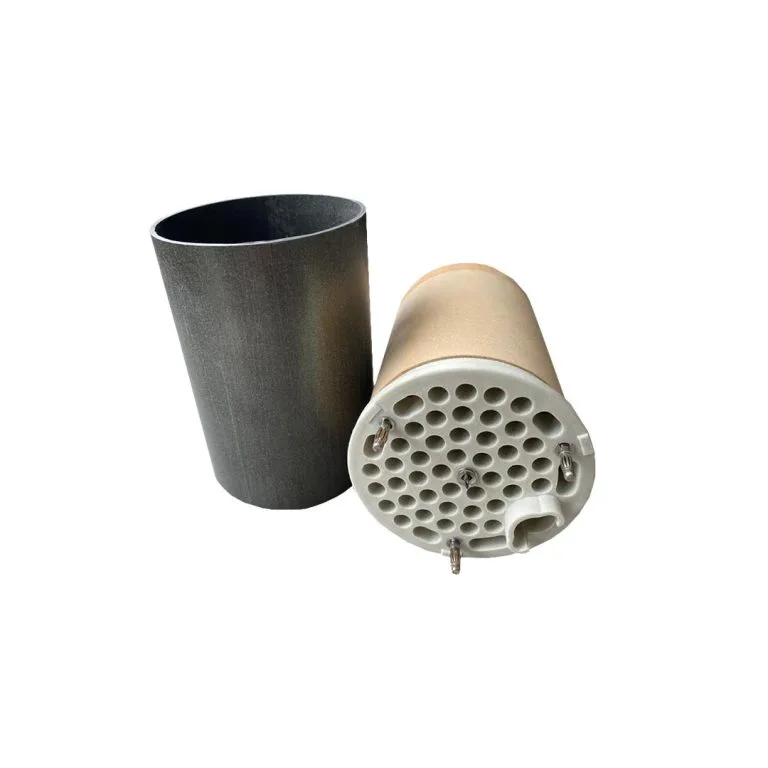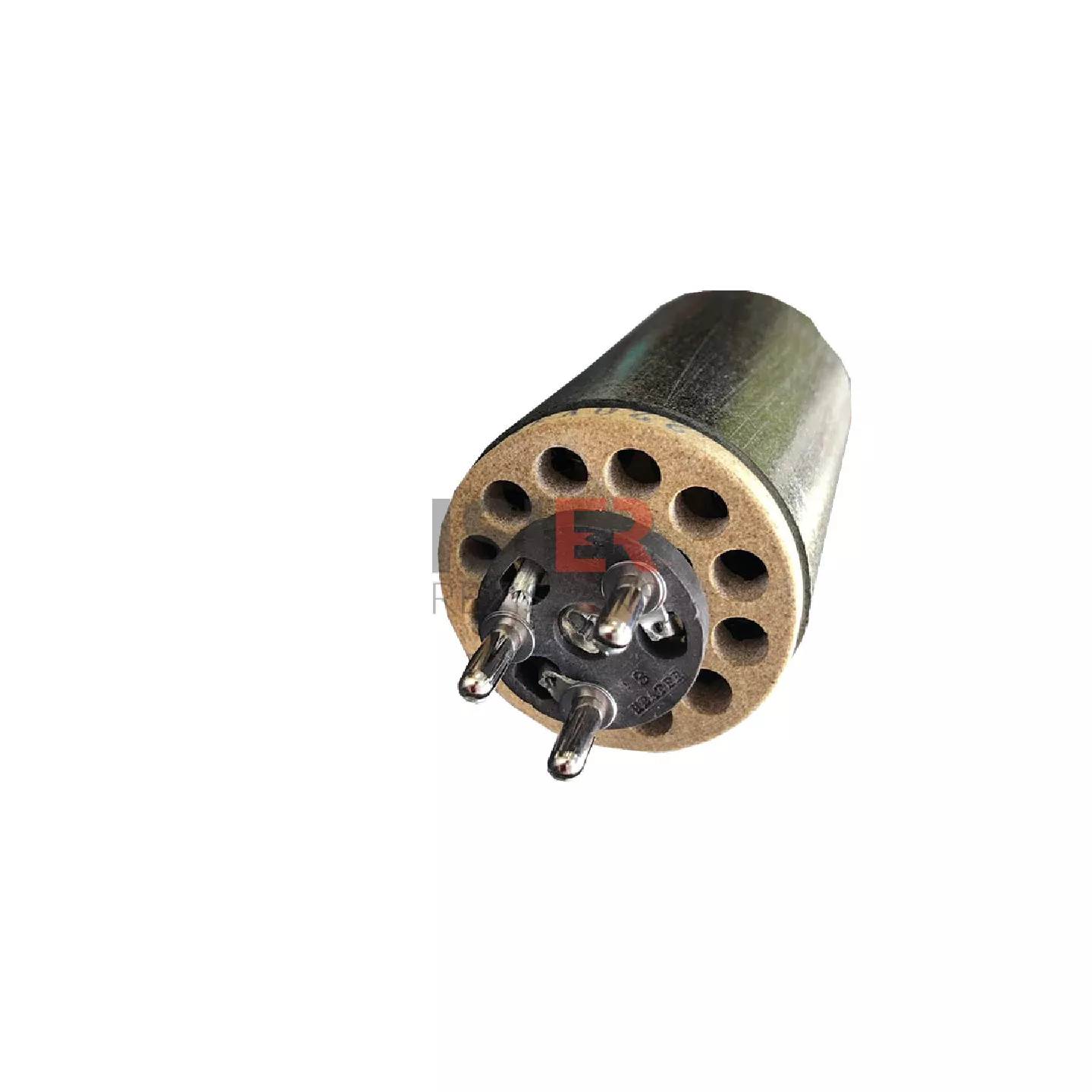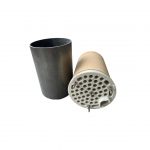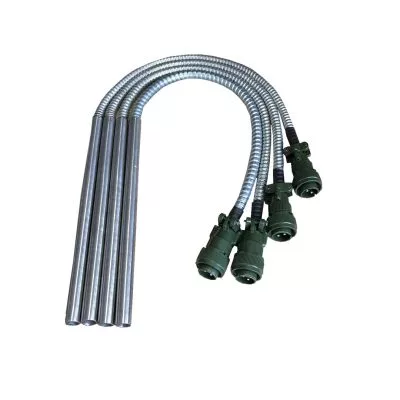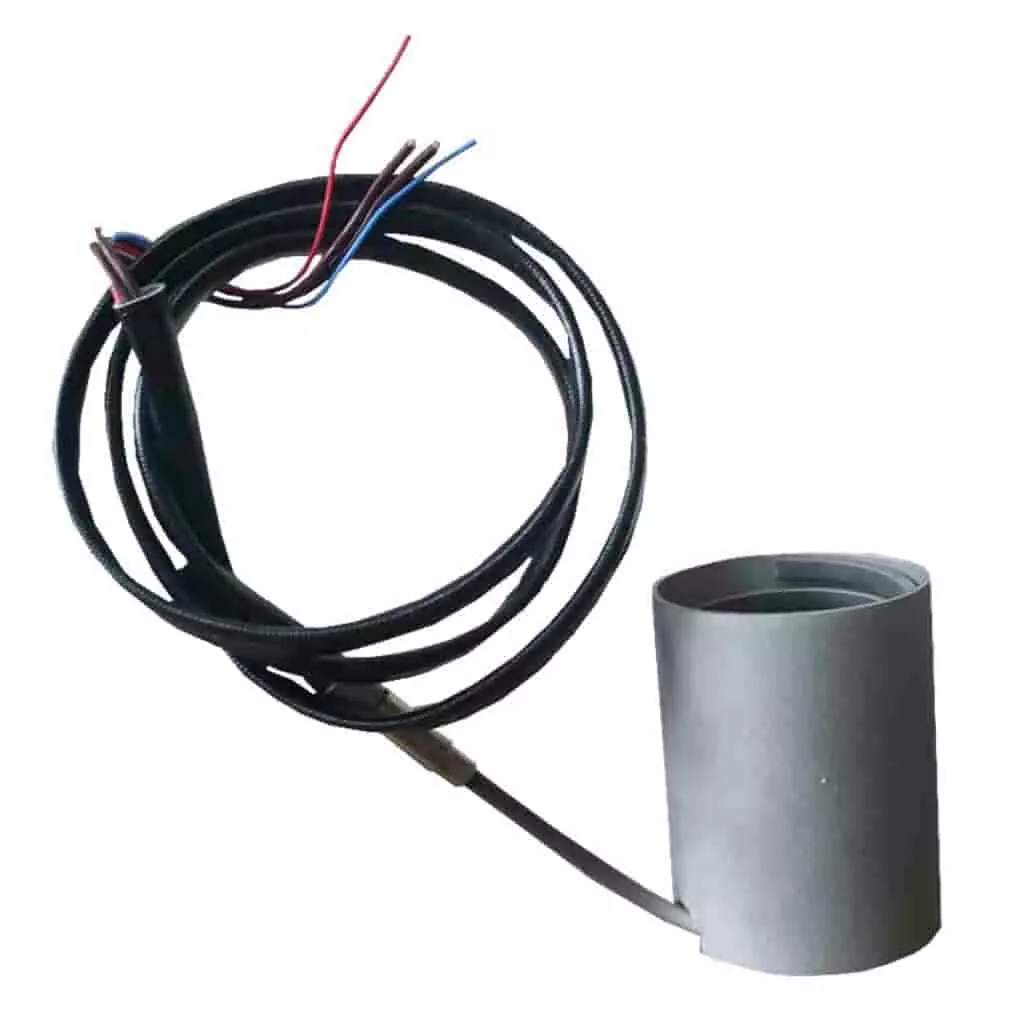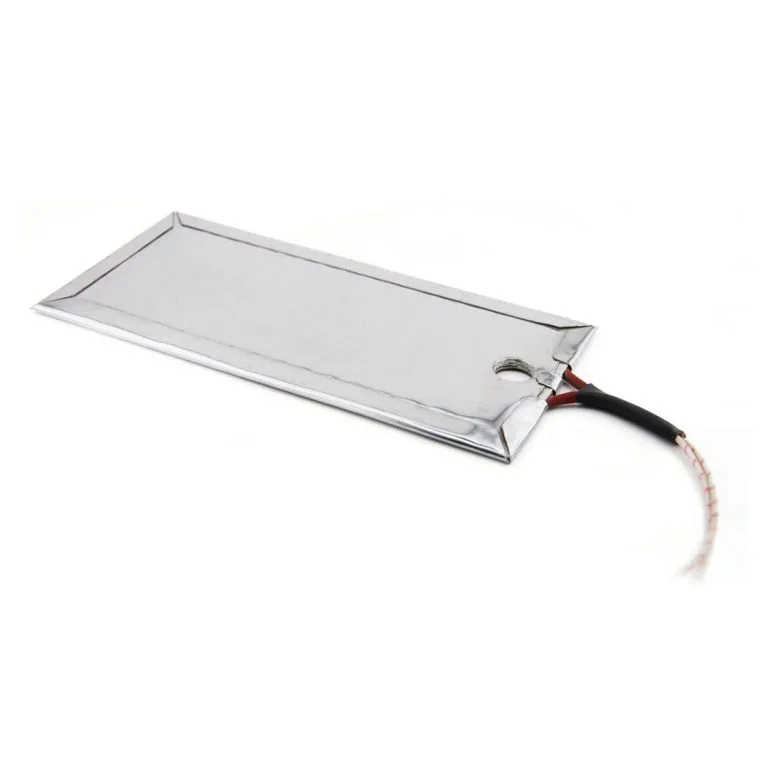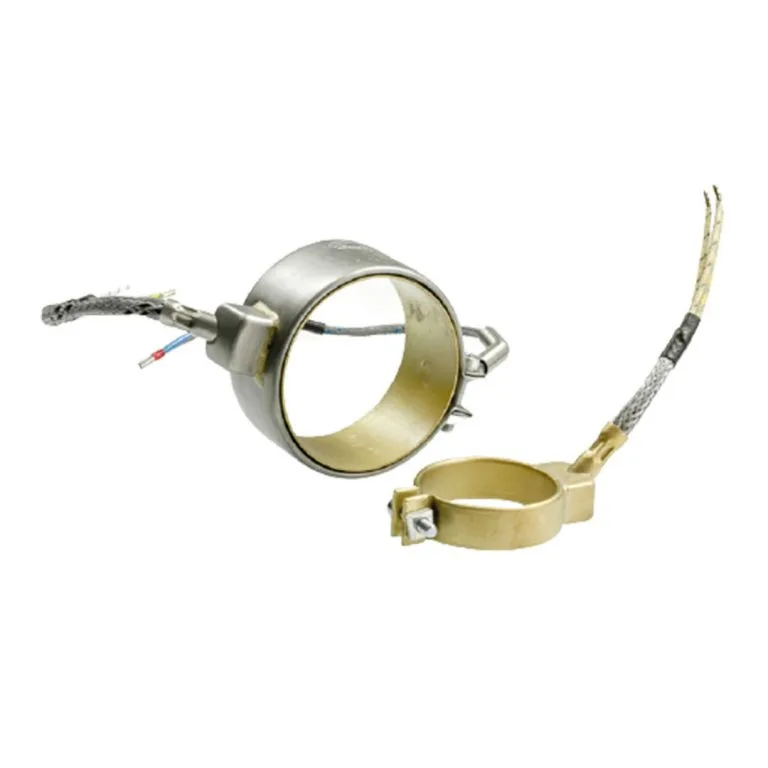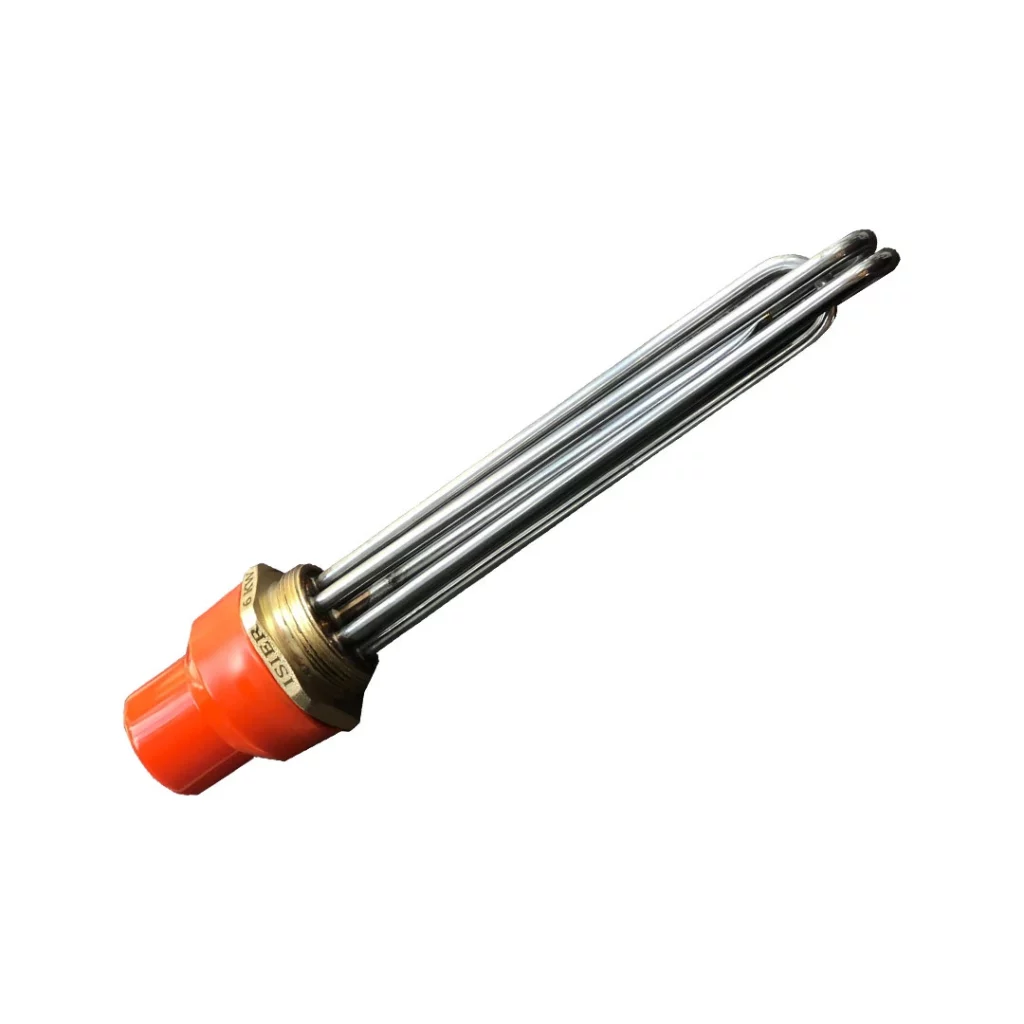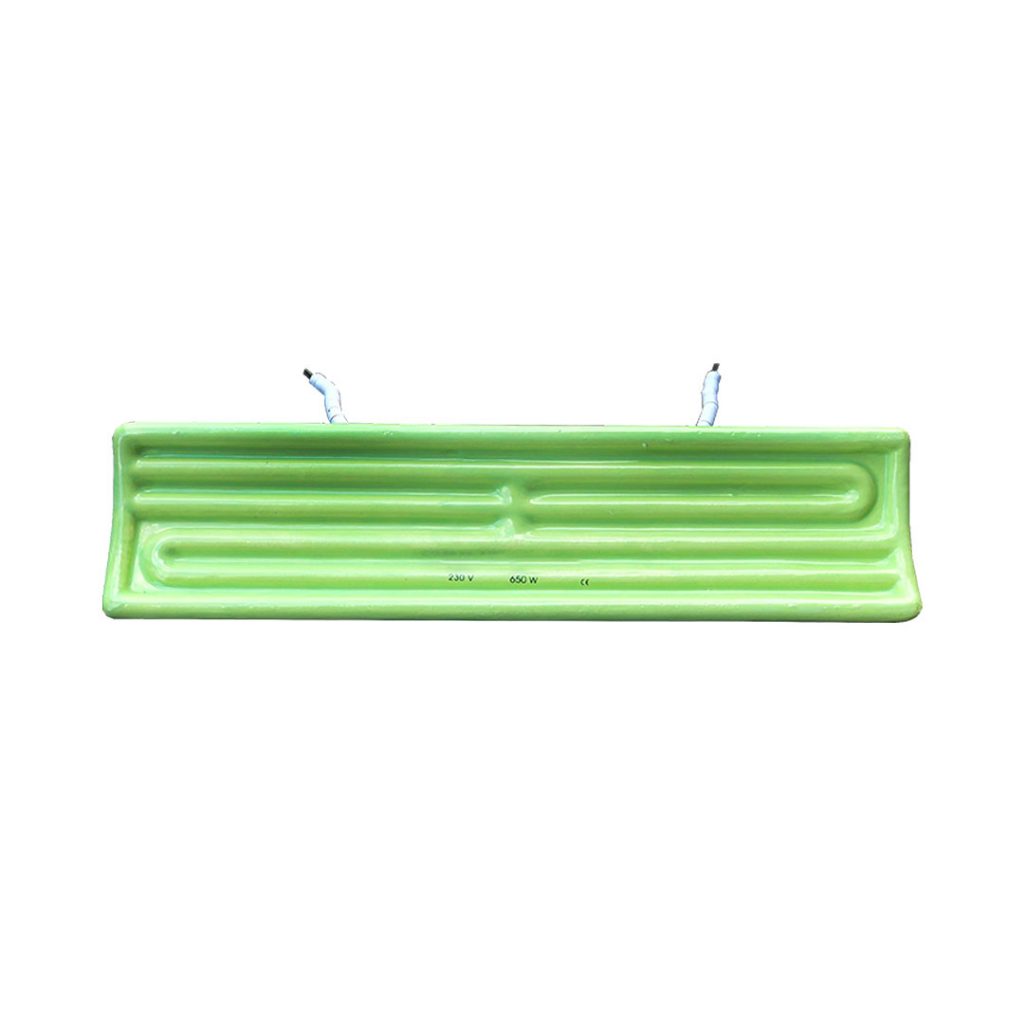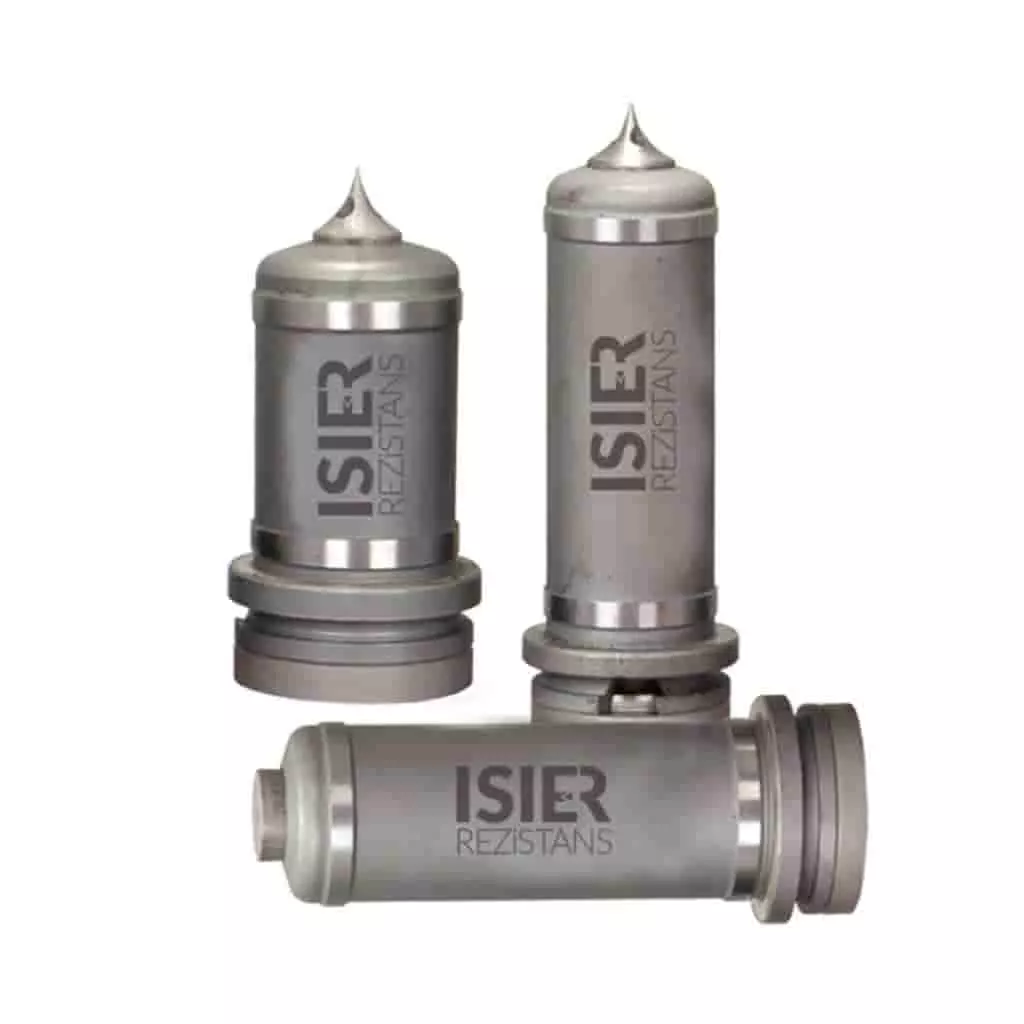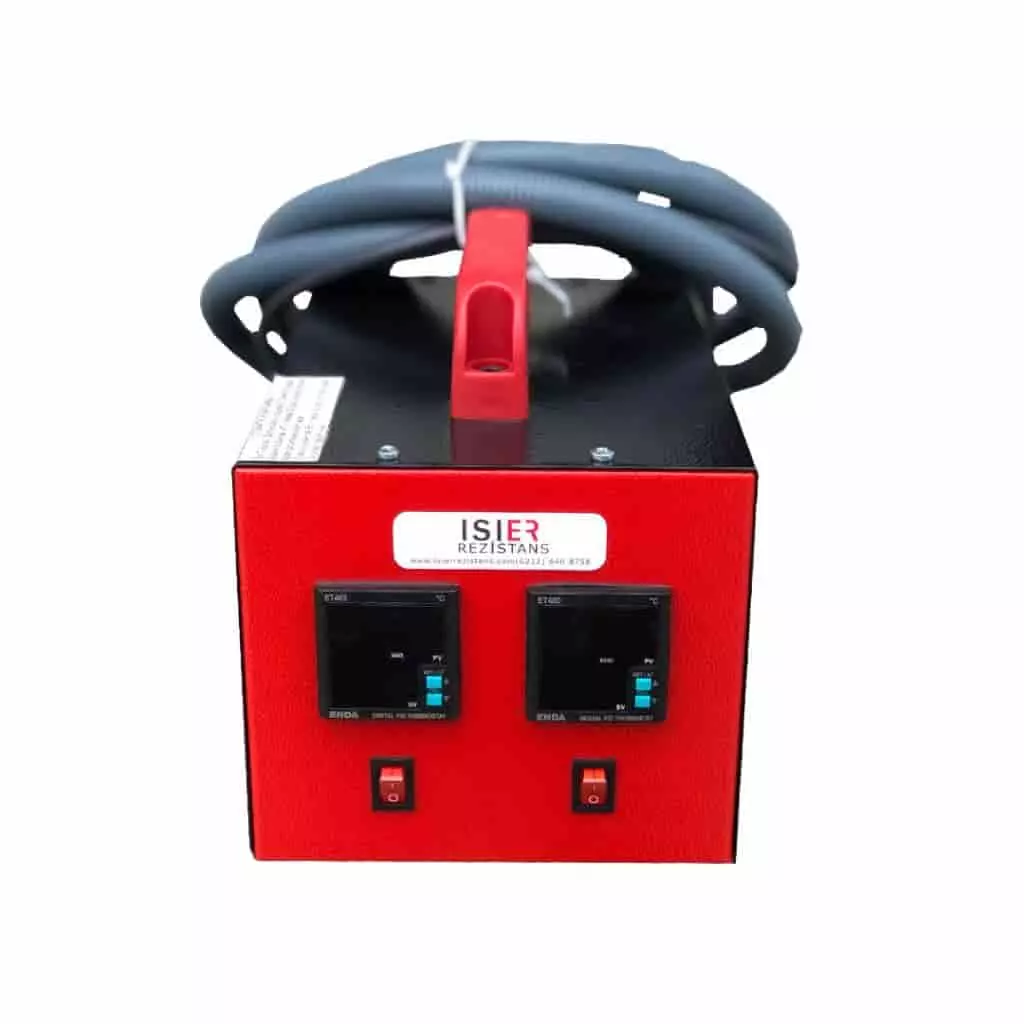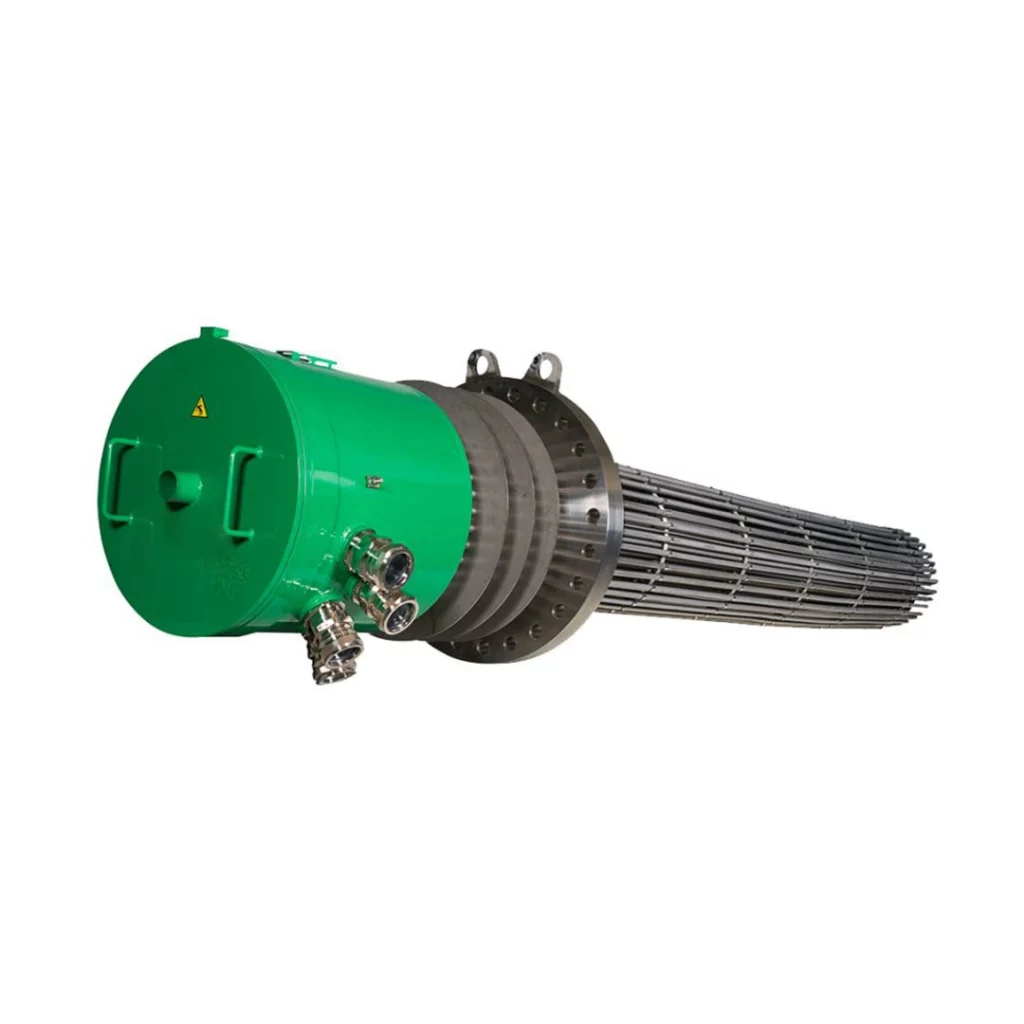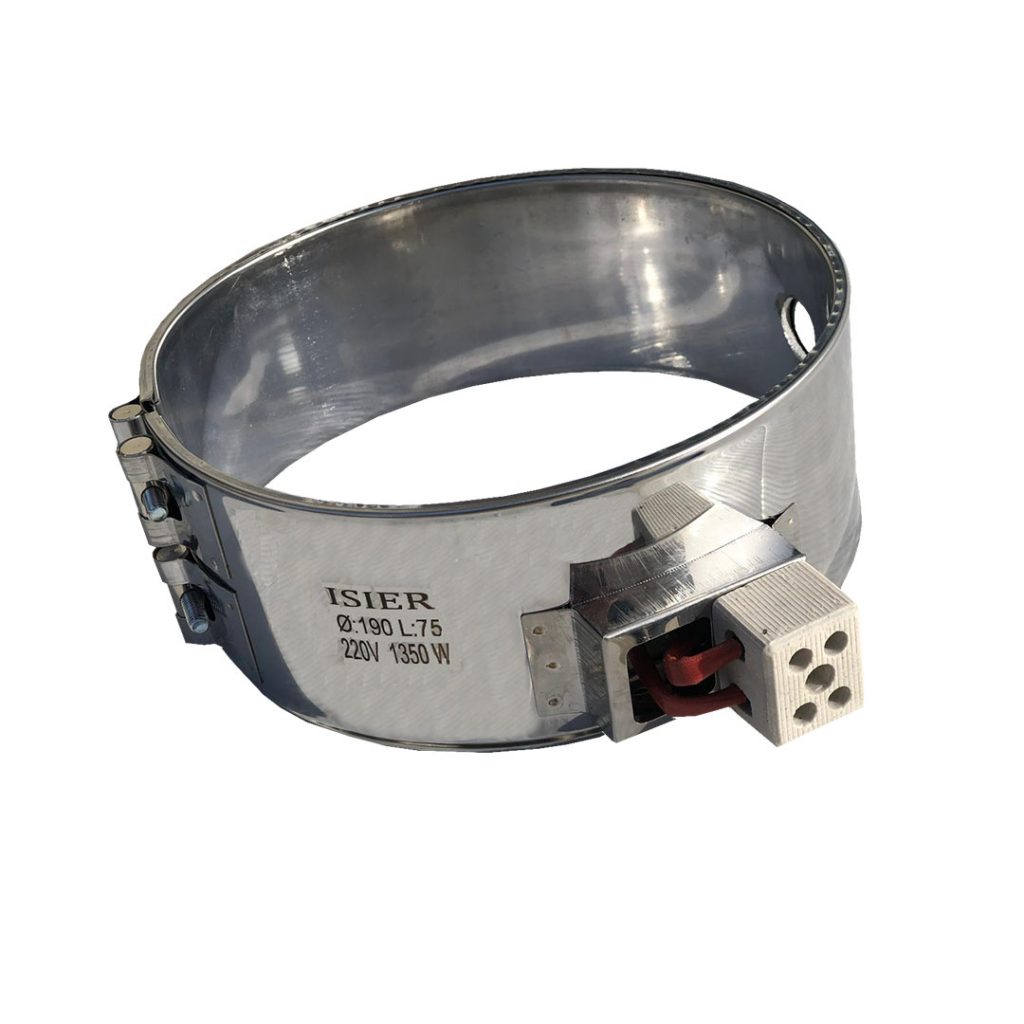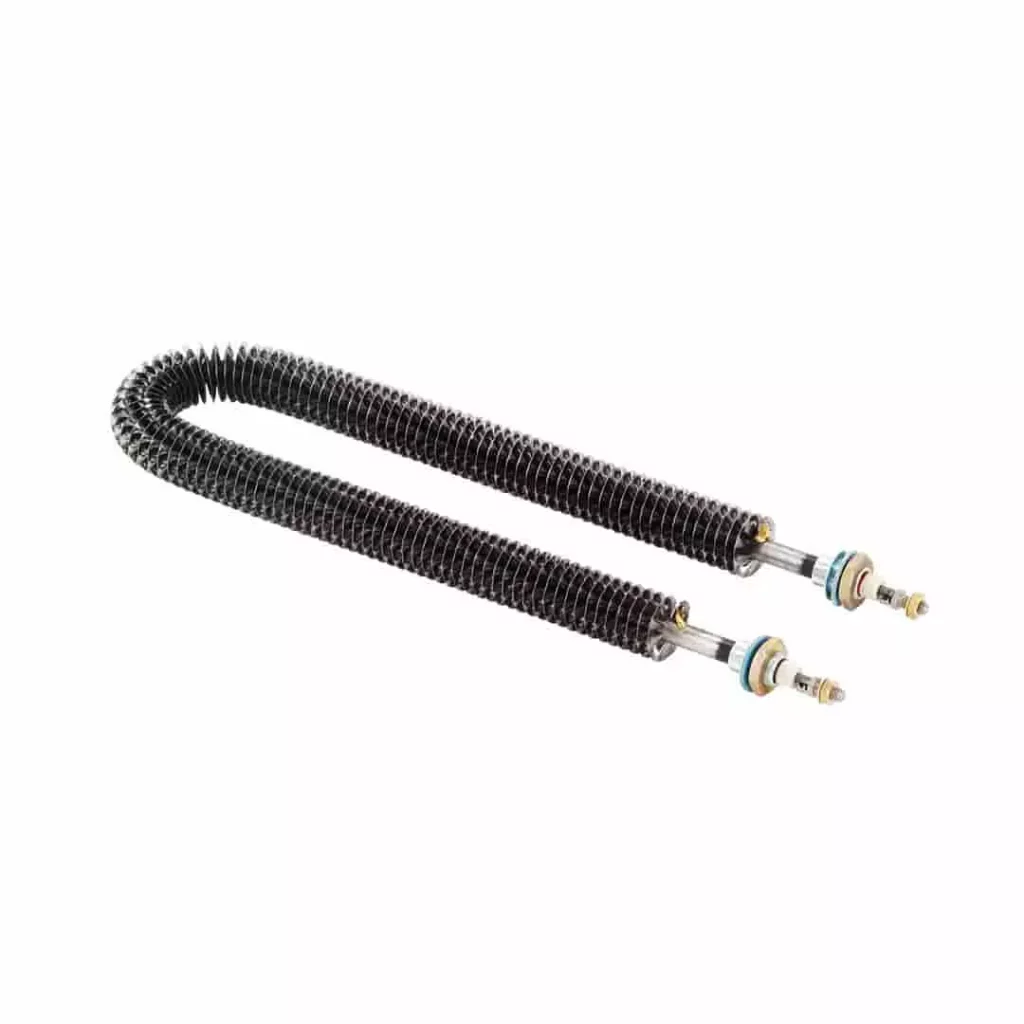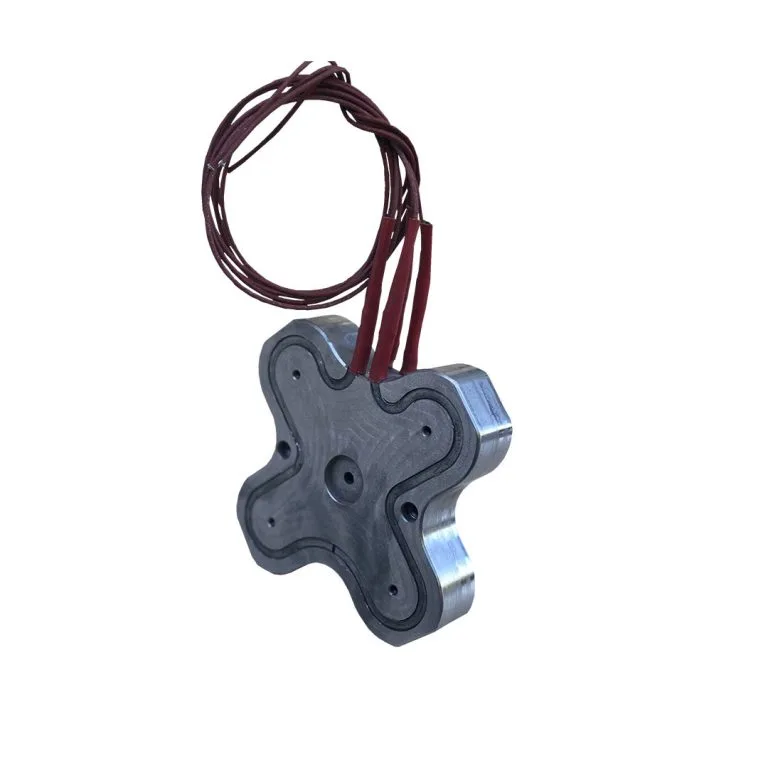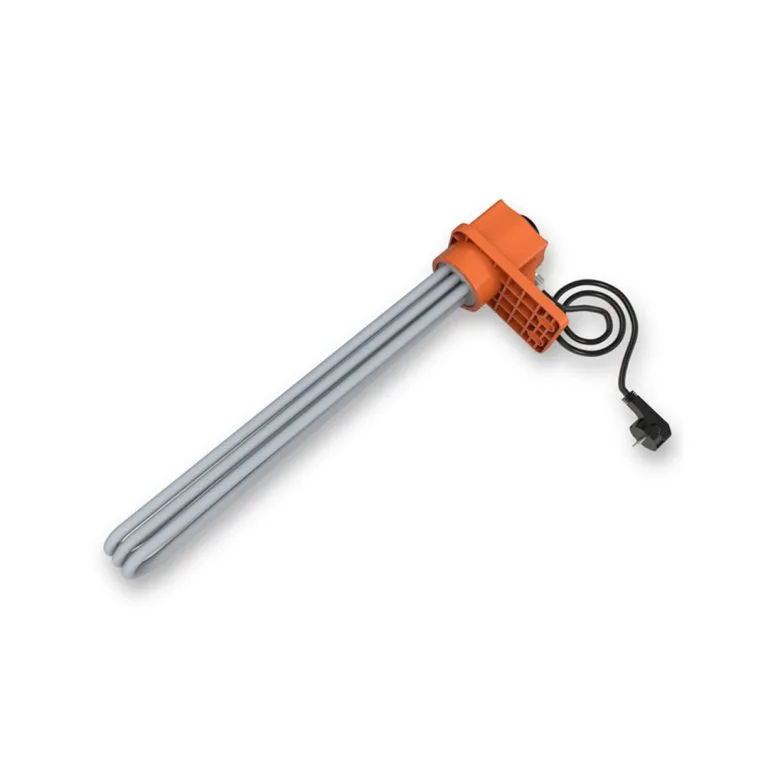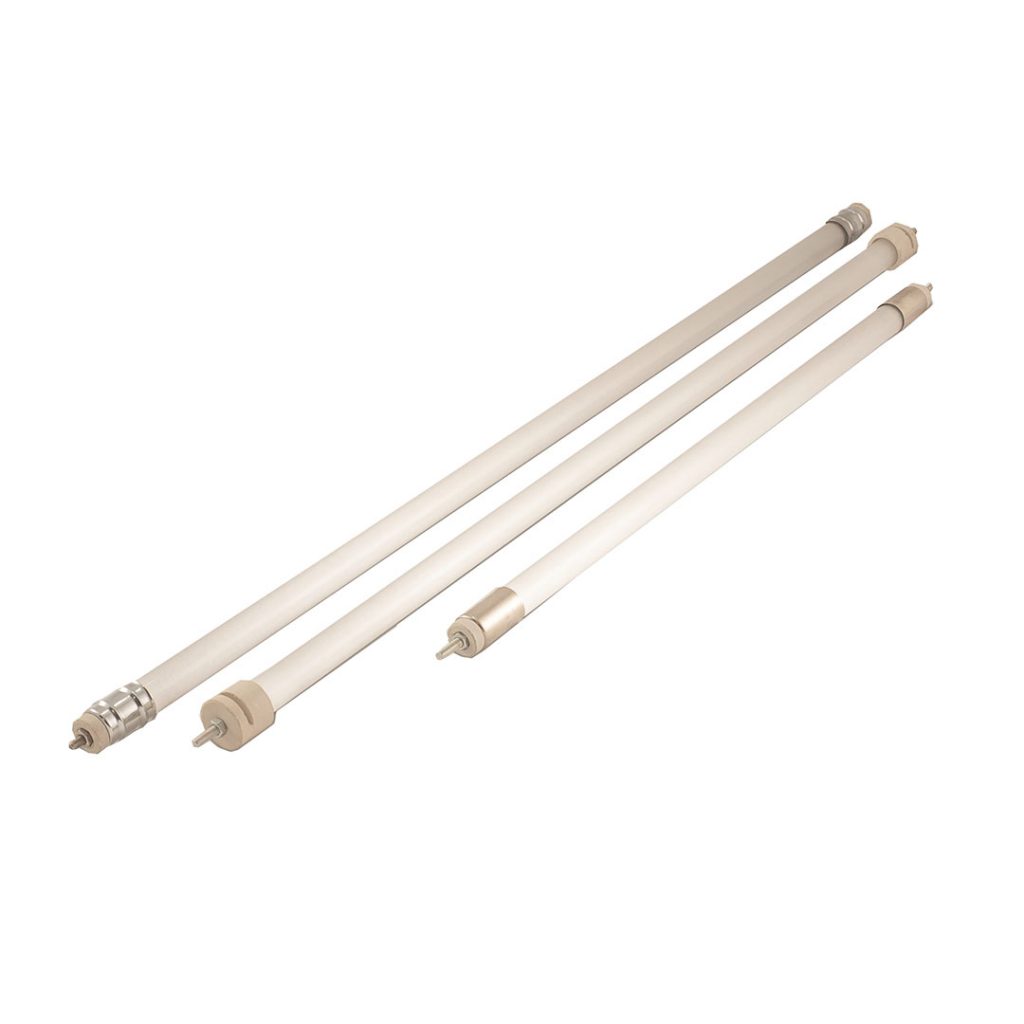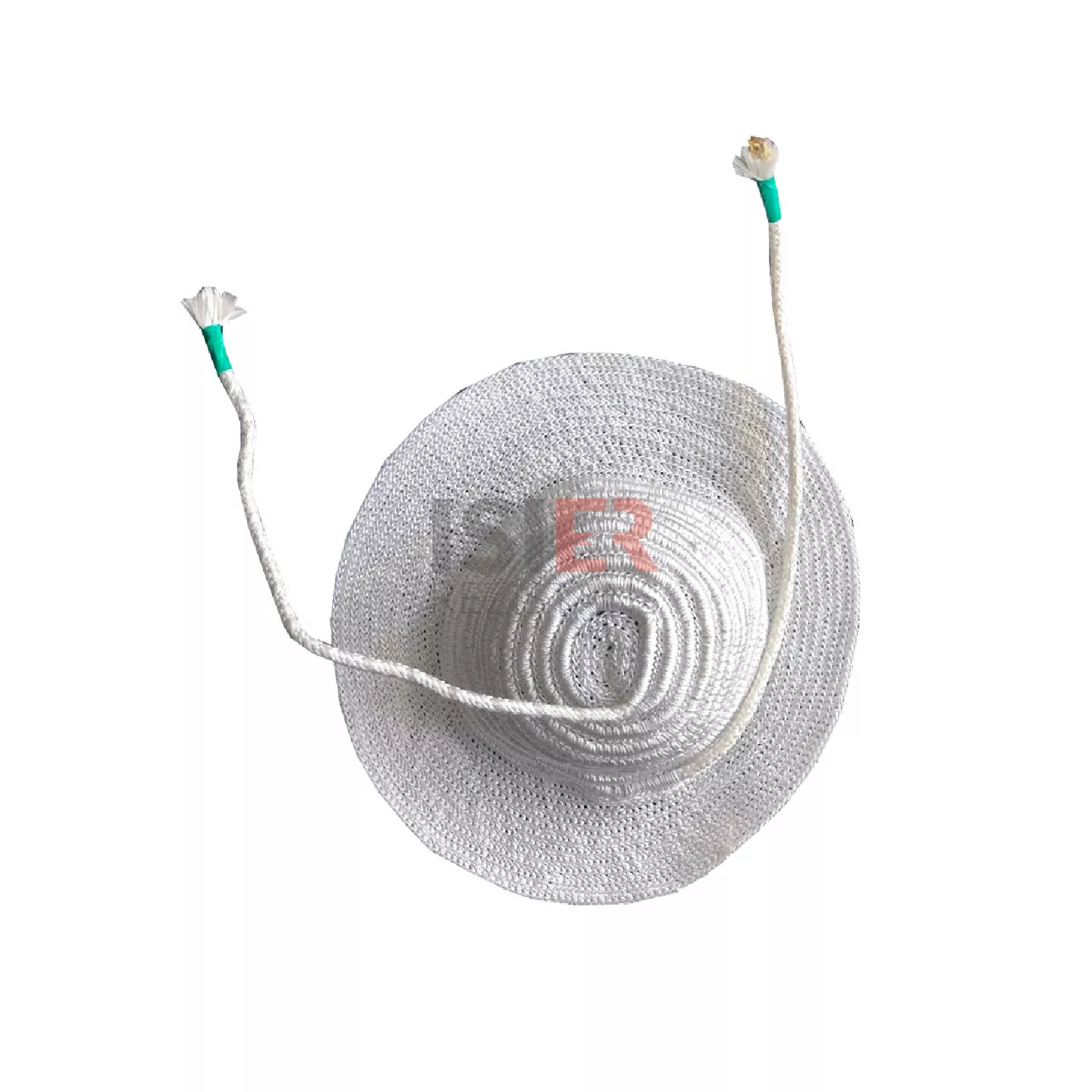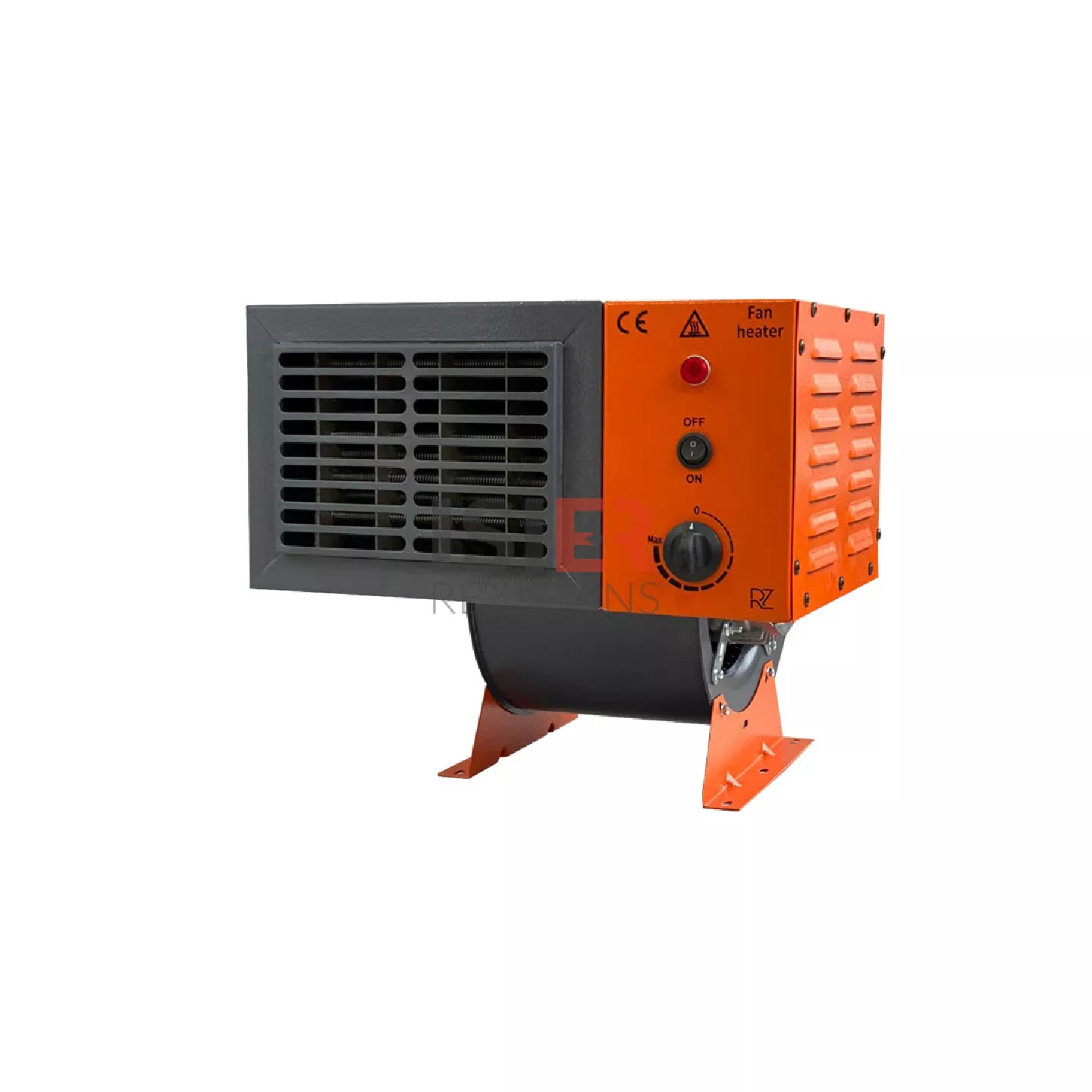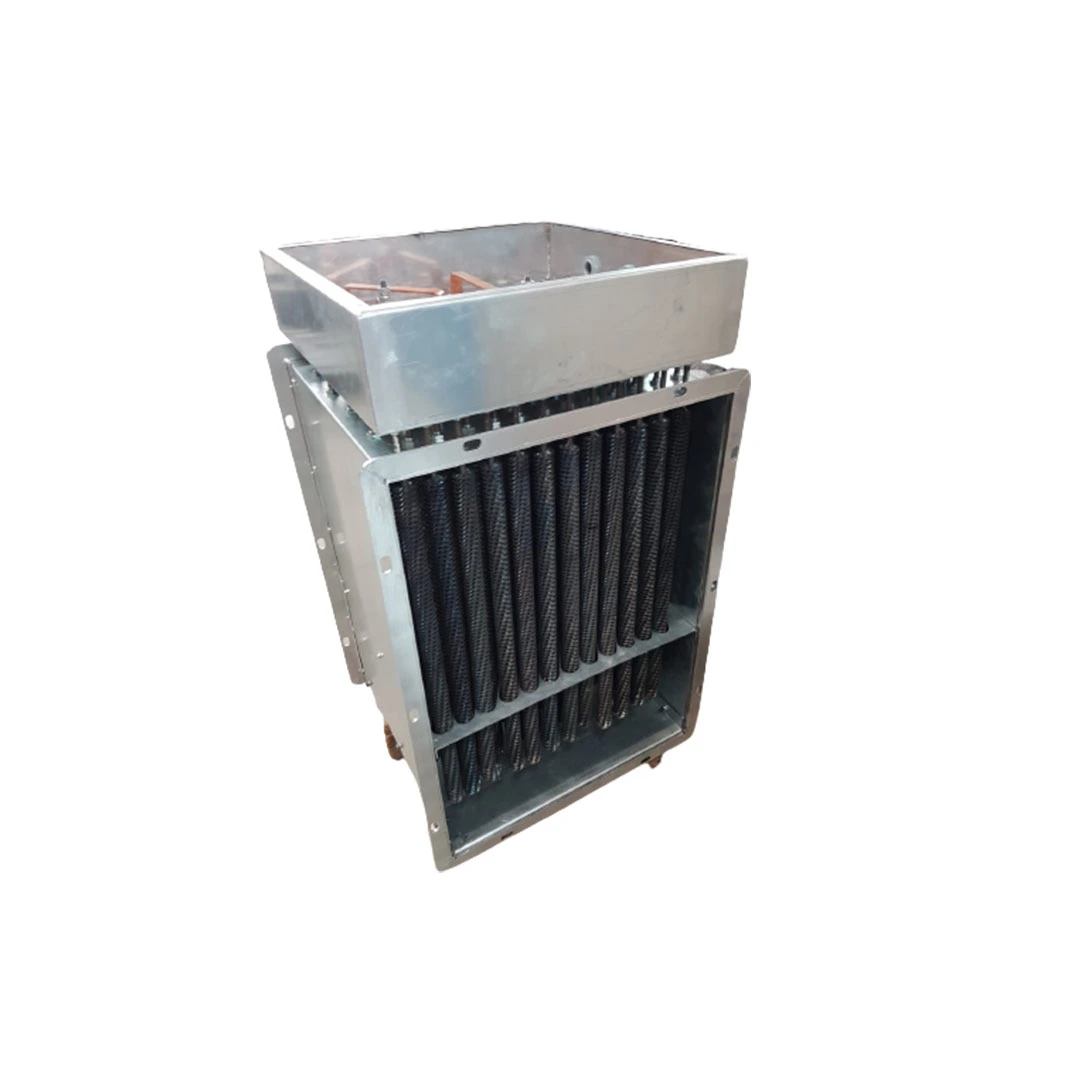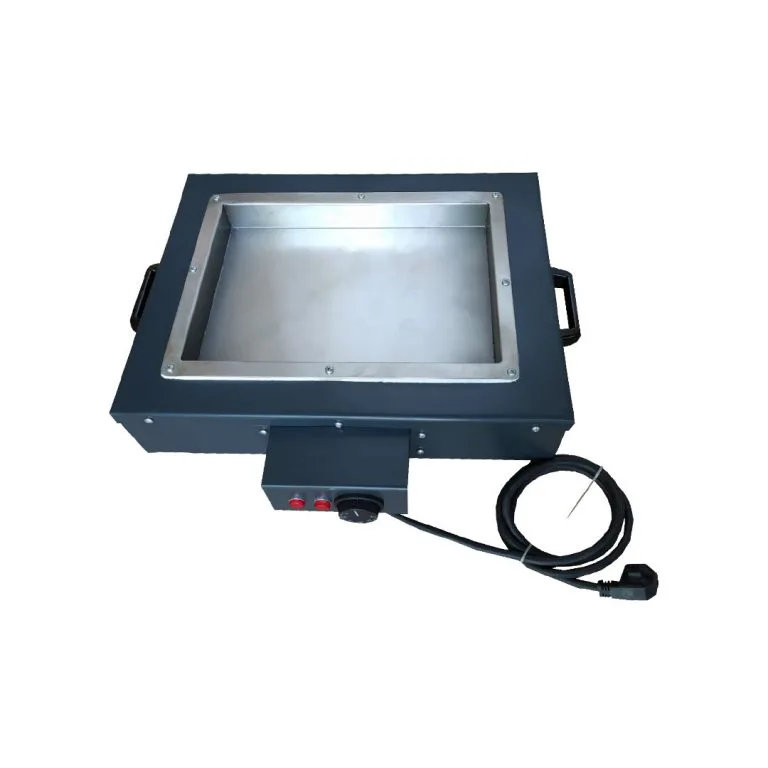Air Blowing Heaters: An Effective Heating Solution
Air blowing heaters hold an important place among heating systems commonly used in industrial and commercial sectors. These types of heaters convert electrical energy into heat, heating the air, and allowing it to spread throughout the environment. Air blowing heaters are preferred, especially when rapid heating, efficiency, and effective heating of large areas are required. This article will provide a detailed look at the working principle, applications, advantages, and various types of air blowing heaters.
Our Products
Your Solution Partner for All Your Resistance Needs
What Are Air Blowing Heaters?
An air blowing heater is a heating element that directly converts electrical energy into heat. These heaters consist of components such as a heating element, a fan, and an air duct. Electrical current passes through the heating elements, converting it into heat, which is then blown into the environment with the help of fans. This ensures rapid and efficient heating of the space.
Air blowing heaters are produced in various capacities and sizes, functioning as powerful heaters in a wide range of applications, from industrial settings to residential use.
The Operating Principle of Air Blowing Heaters
Air blowing heaters have a structure that converts electrical current into heat to warm the air. The working principle operates as follows:
- Electric Current: Initially, electrical current passes through the resistance wire. This current generates heat due to the resistance in the wire.
- Heat Generation: The electrical current passing through the resistance wire heats the surrounding air, which then spreads throughout the environment.
- Air Blowing with Fan Assistance: The heated air is blown out by fans. This increases the temperature of the space quickly.
- Control of Airflow: In most air blowing heaters, the temperature and airflow can be adjusted using integrated thermostats or manual control systems. This makes the heating process more efficient and safer.
Types of Air Blowing Heaters
Air blowing heaters are produced in different types depending on the intended use and requirements. Here are the most common types of air blowing heaters:
- Electric Air Blowing Heaters
Electric air blowing heaters are devices that convert electrical energy directly into heat. They are used to heat large areas in industrial environments, factories, and workshops. Electric systems offer low maintenance costs and high efficiency. - Air Heater Fans
Air blowing heaters are particularly used in ventilation systems and heating devices. These types of devices quickly direct airflow, enabling rooms to heat up quickly. They are known for their compact designs and high heating capacities. - Industrial Air Blowing Heaters
Industrial air blowing heaters are designed to meet high-capacity heating requirements. These types of heaters can be used in furnaces, thermoelectric systems, or mechanical systems. Their high durability and heat conductivity are the main reasons they are preferred in industrial applications.
Applications of Air Blowing Heaters
Air blowing heaters have a wide range of applications in various industrial, commercial, and residential fields. Here are some of the most common applications for air blowing heaters:
- Industrial Areas: Air blowing heaters are used in factories, workshops, production facilities, and machine rooms. They are widely preferred for meeting high heating demands in industrial settings.
- Ventilation Systems: Air blowing heaters are integrated into ventilation systems in buildings, offices, warehouses, and commercial establishments. They help heat clean air and make the environment more comfortable.
- Heating Devices: Air blowing heaters are used in electric heating devices such as fan heaters and air heaters. These devices are ideal for providing heating in homes and offices.
- Ceramic Ovens and Laboratories: Air blowing heaters used in ceramic and glass kilns, laboratories, or chemical processes meet the high-temperature requirements in these areas.
Advantages of Air Blowing Heaters
Air blowing heaters offer many advantages. Here are some of the most notable benefits:
- Fast Heating
Air blowing heaters quickly heat the air with the help of fans, enabling the space to warm up rapidly. This is a significant advantage for users who need to raise the temperature quickly in cold environments. - Efficient Heating
Air blowing heaters, which directly convert electrical energy into heat, offer high efficiency. They provide effective heating while saving energy. This results in lower energy costs for users over time. - Easy Installation and Use
The installation of air blowing heaters is typically straightforward, and their use is quite easy. In most systems, temperature and airflow can be easily adjusted with integrated control systems. Additionally, their maintenance is usually simple. - Versatile Applications
Air blowing heaters are available in different capacities and sizes, making them suitable for a wide range of applications. They can be easily integrated into homes, commercial businesses, and industrial facilities.
Air blowing heaters provide effective solutions for efficient heating and rapid temperature increases. These devices, which convert electrical energy into heat, can operate at high performance in various industrial and commercial settings. Furthermore, they stand out with their advantages such as energy savings and ease of use. Air blowing heaters are an indispensable component of modern heating systems.
Air Blowing Heaters Frequently Asked Questions
An air blowing resistance is a type of electrical heating element used in heating systems where air is blown over the resistance to generate heat. These are commonly found in air heaters, industrial furnaces, HVAC systems, and drying applications where controlled air temperature is required.
Air blowing resistances work by converting electrical energy into heat through resistive materials, such as nichrome or Kanthal. When an electric current passes through the resistance, it heats up. A fan or blower then forces air over the resistance, and the heated air is blown into a space or system to raise the temperature.
Air blowing resistances are used in various applications, including:
- Industrial air heating: For drying, curing, or preheating processes.
- Space heaters: To warm air in homes, offices, or commercial spaces.
- HVAC systems: For providing heated air for ventilation and comfort.
- Heat guns or dryers: For applications that require targeted heated air.
- Laboratory equipment: For controlled heating environments in experiments or testing.
Air blowing resistances are typically made from high-resistance alloys, such as:
- Nichrome (nickel-chromium alloy): Commonly used due to its high resistance and ability to withstand high temperatures.
- Kanthal (iron-chromium-aluminum alloy): Known for its durability at elevated temperatures.
- Stainless steel or ceramic: Often used for the sheath or protective casing for better heat management and corrosion resistance.
- When selecting an air blowing resistance, consider the following factors:
- Power rating (wattage): The heater’s capacity to generate heat, which should match the required temperature and airflow.
- Voltage: Ensure the heater is compatible with the available electrical supply.
- Temperature range: Choose a resistance that can withstand the operating temperatures needed for your application.
- Size and shape: Select an appropriately sized resistance that fits within the designated air heater or system.
- Airflow requirements: Consider the airflow rate and ensure that the heating element is matched to the air volume to ensure even heating.
- Advantages of air blowing resistances include:
- Efficient heating: Quick conversion of electrical energy to heat.
- Compact design: They are relatively small and can be installed in tight spaces.
- Flexible temperature control: They provide consistent, adjustable heat levels for different applications.
- Durability: Made from heat-resistant alloys, they can withstand prolonged use at high temperatures.
- Low maintenance: Once installed, they require minimal maintenance to continue operating effectively.
- Common problems include:
- Overheating: If the heater is undersized or airflow is insufficient, the resistance may overheat, leading to damage or failure.
- Element burnout: Prolonged exposure to high temperatures or electrical faults can cause the resistance element to burn out.
- Airflow issues: Blocked or malfunctioning fans can cause improper air circulation, reducing efficiency.
- Corrosion or wear: Over time, high temperatures and exposure to air can lead to corrosion, particularly in environments with moisture or corrosive substances.
- To maintain air blowing resistances:
- Regular cleaning: Dust, dirt, or debris can accumulate on the heating element or fan, reducing performance. Clean the components periodically.
- Inspect the element: Check for signs of damage, such as burn marks, cracks, or discoloration, which may indicate overheating or damage.
- Check airflow: Ensure the blower or fan is functioning properly to maintain consistent airflow over the resistance element.
- Monitor temperature settings: Ensure the system is not operating at temperatures beyond the resistance element’s rated limits.
- Replace worn parts: If the resistance element shows signs of significant wear or damage, replace it before it fails completely.
- The lifespan of an air blowing resistance can range from 1,000 to 5,000 hours of use, depending on factors such as the quality of the resistance element, operating conditions, and maintenance. Proper installation, regular maintenance, and correct usage can extend the life of the heating element.
While air blowing resistances are versatile, they are best suited for applications where heated air is required, such as in drying, space heating, and industrial heating processes. They may not be suitable for heating liquids directly or in applications that require heating under high pressure or in liquid-filled tanks. Always ensure the heating element is compatible with the specific heating requirements of the application.



